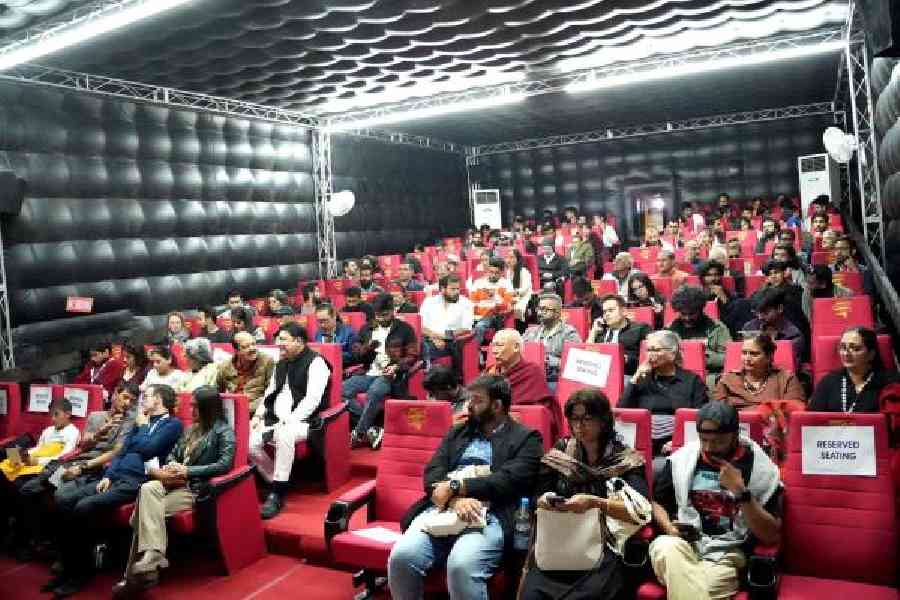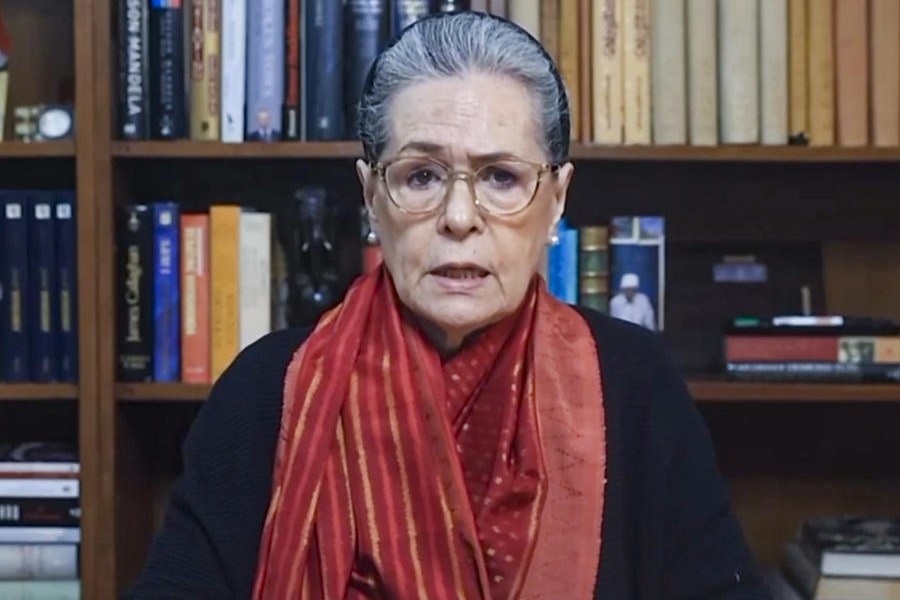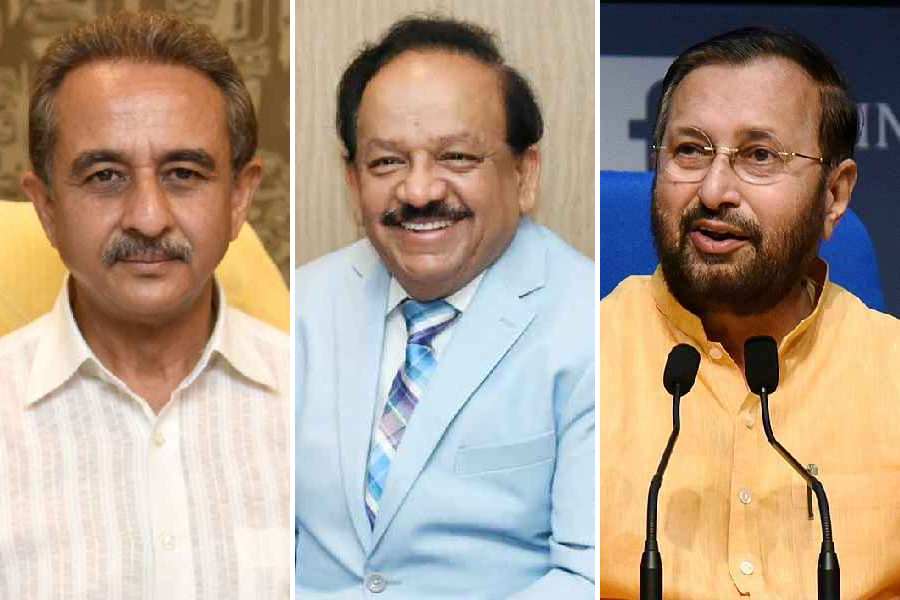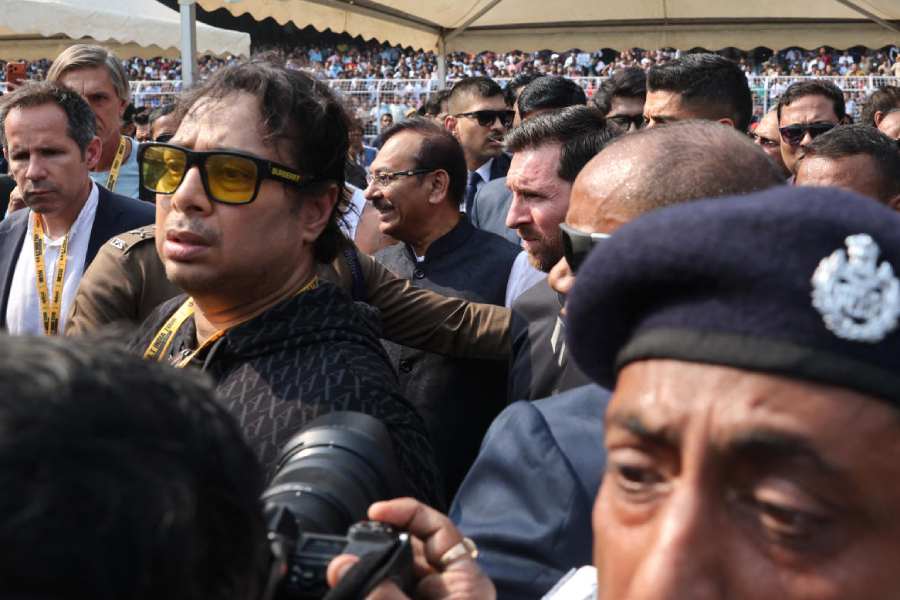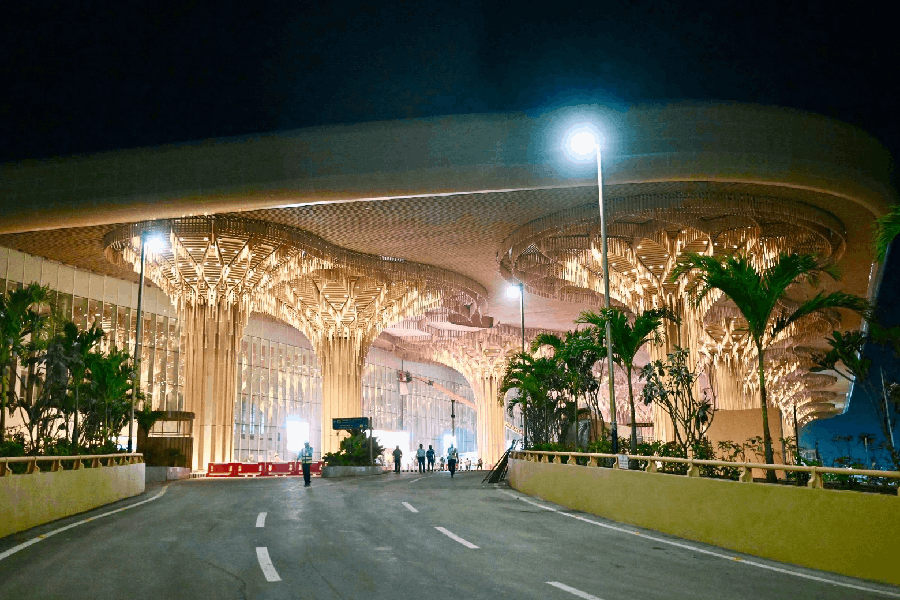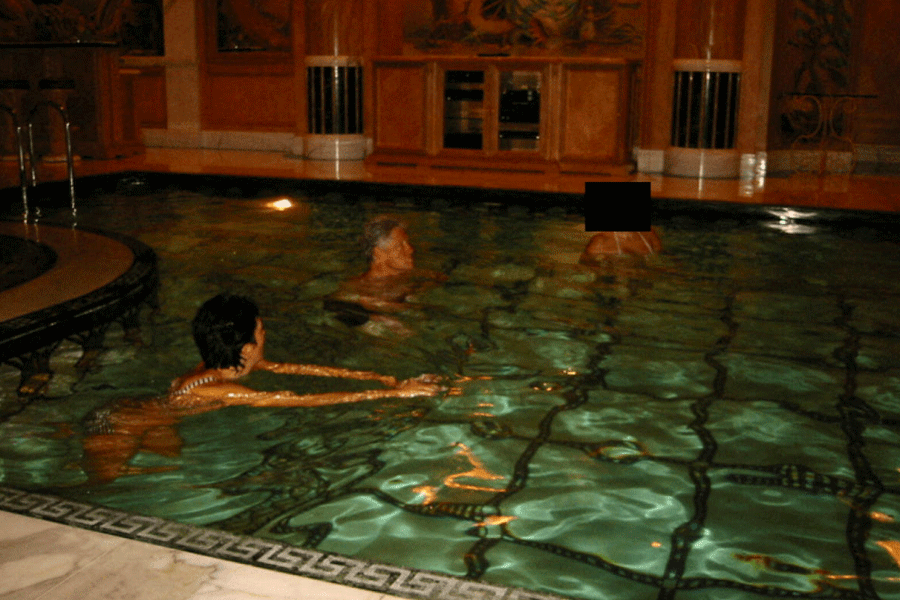Picturetime, the pioneers of India’s Mobile Digital Movie Theatre (MDMT) experience — namely, portable, inflatable theatres — have been working tirelessly to take the magic of cinema to different corners of the country. Having two patents to its credit, their units have been installed across many parts of the country, bringing the big screen to places that have never had one. Having completed a successful showing at the recently concluded Dharamshala International Film Festival (DIFF), Sushil Chaudhary, founder and CEO of Picturetime, took some questions from t2.
What was it like taking Picturetime to the Dharamshala International Film Festival this year?
Coming back to DIFF always feels like returning to the roots of what Picturetime stands for. Dharamshala was one of the earliest regions where we tested the limits of our Mobile Digital Movie Theatres (MDMT), and every year, the mountains remind us how far this journey has come. From the first inflatable structure we set up under the open sky to now having installed theatres across Ladakh, Tamil Nadu, Maharashtra and beyond, it has been a story of persistence, innovation and belief in access.
This year, especially after the region endured such a difficult season, bringing Picturetime back felt deeply emotional. It was a reaffirmation of our mission: that cinema can, and should, reach everywhere, no matter the terrain or circumstance.
At DIFF this year, Picturetime’s theatres once again hosted screenings through our Dolby 5.1-equipped setup — two inflatable structures and the audio-video setup in two auditoriums) — including the opening film Homebound as well as Songs of Forgotten Trees. Behind the scenes, there is a lot that evolved. We upgraded our technical systems for greater energy efficiency and adapted our structures to better withstand rapid weather changes, which is critical in hilly terrains like Dharamshala. The seating layout was also more modular this year, allowing for quicker installation and dismantling in unpredictable conditions. More than anything though, the focus this year was about emotional resilience — bringing people together through the collective joy of watching a film after all that this region has gone through.
What sparked this idea and what would you pick as the crests of the journey so far?
The idea came from a very simple observation — that cinema, one of the most powerful storytelling mediums, is still inaccessible to a large part of India. I wanted to change that, to create a way for stories to travel where traditional theatres can’t. That is how the concept of the Mobile Digital Movie Theatre was born — a scalable, inflatable, digital theatre that can bring the big-screen experience to any corner of the country.
Some of the highlights have been taking Picturetime to Ladakh and setting up the world’s highest-altitude theatre at 11,562ft. Then was screening in the remotest parts of Maharashtra and Tamil Nadu, and seeing first-time audiences experience cinema as a community. What makes this unique is its combination of innovation and intent — it is technology serving culture. The fact that these same theatres could be turned into Covid-19 field hospitals during the pandemic also proved how versatile and socially responsive this technology can be.
What for you and the team have been the challenges and the creative highs of this venture?
Every setup comes with its own challenges — from difficult terrains and transport logistics to unpredictable weather and infrastructure limitations. In Dharamshala this year, for instance, landslide-affected routes made movement incredibly tricky. Even temperature and humidity affect the inflatable membranes and projection quality, so the team often recalibrates systems overnight.
But the creative highs always outweigh the hurdles. Watching an audience in a remote village settle into their seats, lights dimming, and a film unfolding on a giant screen — that is our biggest reward. Seeing art and access come together in such unlikely places is what keeps us going.
What are your long-term and short-term plans with this venture?
In the short term, our focus is on strengthening our presence in cultural festivals, film screenings, and regional circuits — bringing more independent cinema to places that don’t have theatres. In the long run, we are working towards creating a permanent ecosystem of mobile theatres across India — almost like a ‘cinema grid’ that can travel, adapt and sustain itself. We also envision expanding into other developing countries with similar accessibility challenges, making Picturetime a global model for mobile cinema innovation.
What kind of support are you looking for in order to be able to expand the scope and vision of Picturetime?
To truly scale, initiatives like Picturetime need a stronger ecosystem of support — both infrastructural and institutional. We are looking at partnerships with state governments, cultural ministries and corporate sponsors who share our vision of democratising cinema. On a practical level, we need logistical facilitation — smoother permissions, access to power and connectivity in remote regions and funding that helps us expand without compromising on quality.
But beyond infrastructure, what is most valuable is belief — from policymakers, artists and audiences — that cinema is not just an urban experience. With the right support, we can continue to take the magic of cinema to the farthest corners of India, and beyond.

